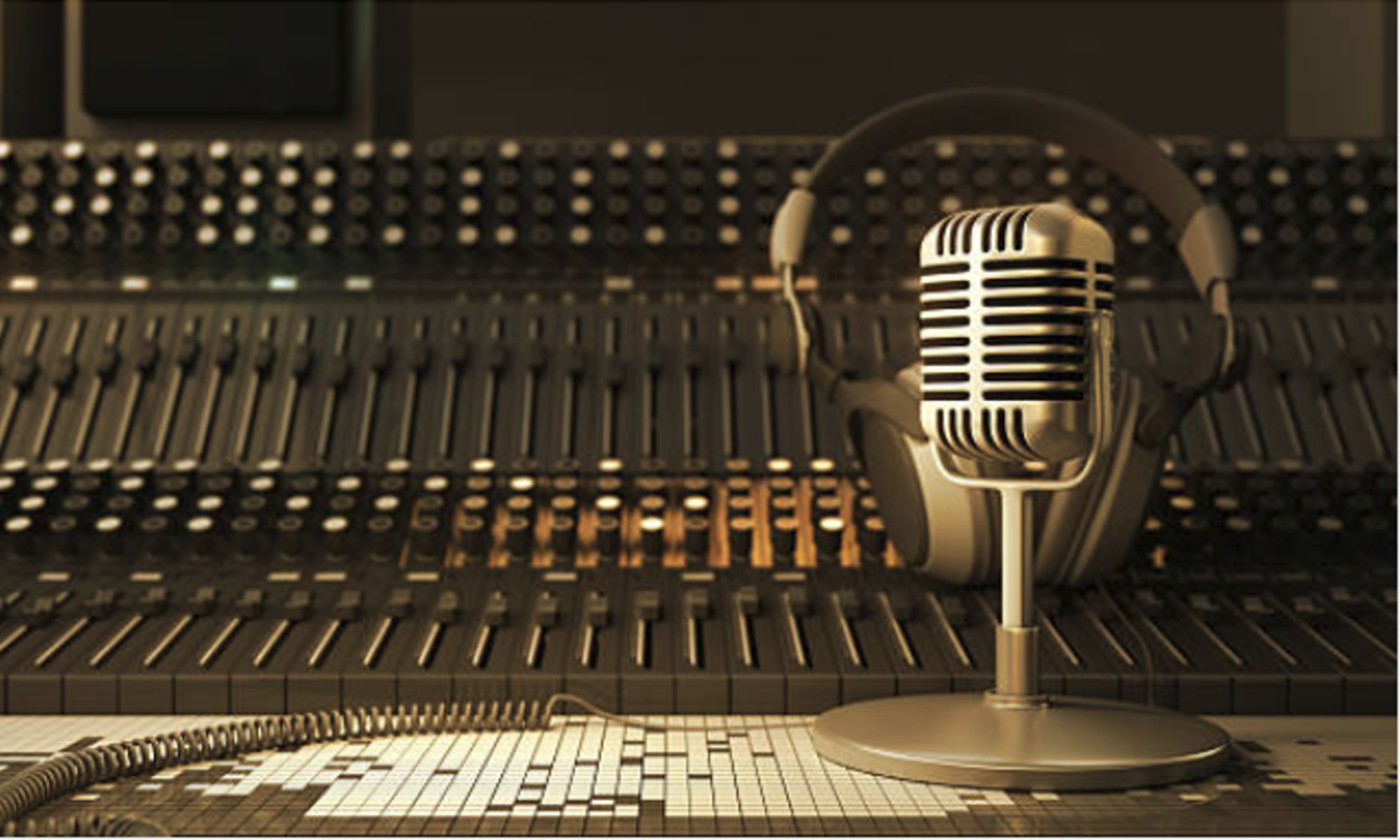A2 or Assistant Audio for TV sports can be fun and profitable. Being an A2 has less pressure and is more involved on the field or court than the A1 sitting in a TV remote truck. I started doing TV remotes in the mid 1980’s working basketball, football and baseball primarily. This summer, I had the opportunity to work some pro soccer games as an A2. The booth setup for all types of sports is remarkably similar and hasn’t changed much in 40 years.

This is a typical booth setup with Play by Play, Spare and Commentator headsets, they are always in this order left to right.

Pre / Post Game and Halftime standups for commentary using hand held (stick) mics with in ear IFB (Interruptible Fold Back) for comms to the remote truck producer.

The audio setup in general is fairly easy, there are 3-4 12 pair (DT12) cables run from the truck to a stadium panel near the remote truck. Thousands of feet of cable to the broadcast booth can present a problem. The mics, IFB’s and PL (Party Line) Intercom connections are made at a panel in the booth. This takes about an hour or less to set up and the next hour is for testing and troubleshooting the bad lines. Games last about three hours so you have another five that include tear down, dinner and hanging out. I would not say that there is much an art to this as signal flow, patching, troubleshooting and handling the booth announcers in a professional manner. Getting their ear pieces in place with the stick mics in place during a commercial break can sometimes be a scramble. Many A2’s carry their own table mults (three married pairs of XLRs for headsets and Foldback) as the ones provided by the remote trucks can be dodgy. The other thing you want to have is a Whirlwind Q-Box which is basically a signal generator, headphone amp and cable checker all in one little box. If you are lucky, your A1 will be experienced, patient and fun to work with, if not, good luck!


